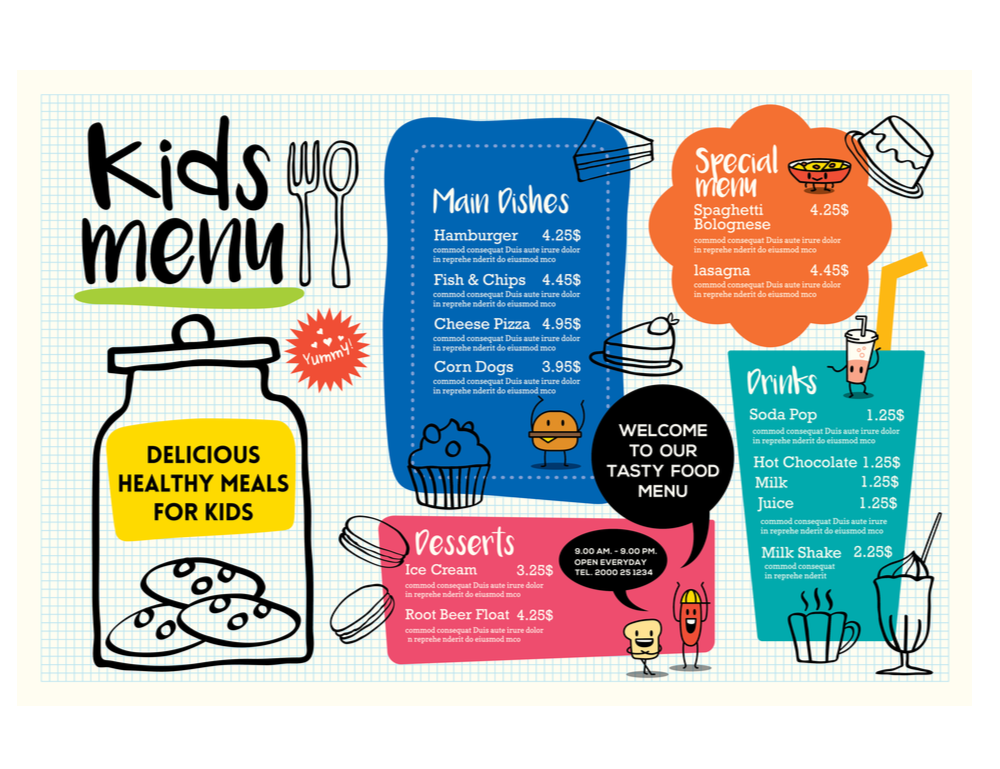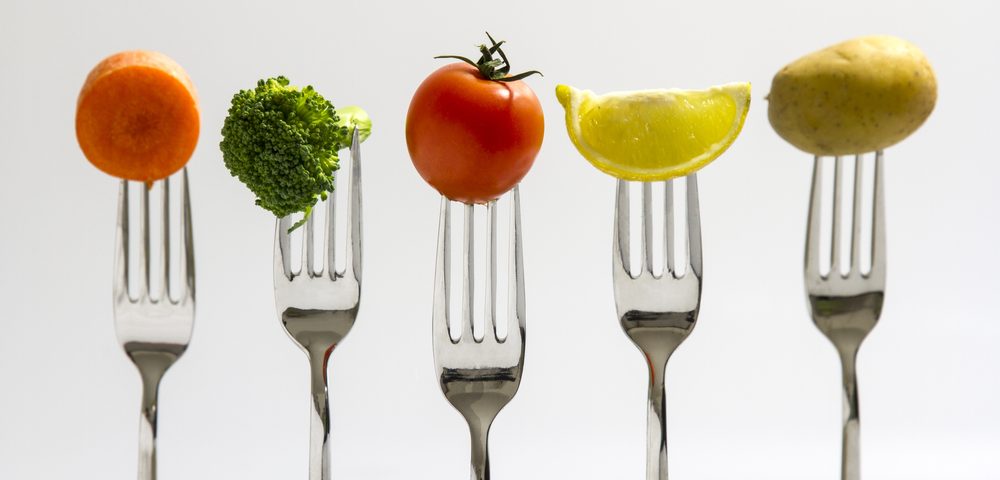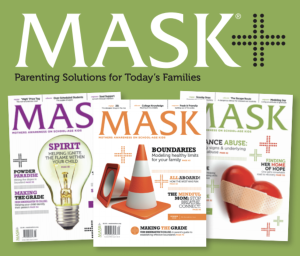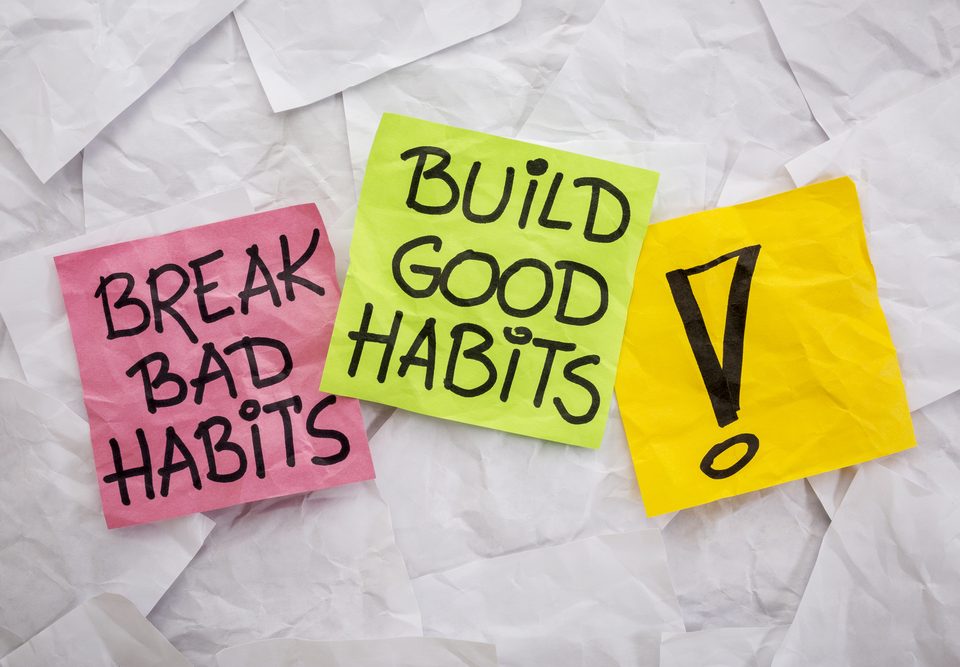
Secrets to Prescription Safety
January 26, 2021
The Truth Behind Selfies
January 28, 2021
If you were to Google “unhealthy eating in kids,” your search would result in countless articles that reference excessive food portions, villainize sugar, discuss salt and fat intake, and warn against specific food types/products—all through the lens of addressing “excess body weight.” Weight and body size do not determine health status alone. Growth markers and physical development are essential in monitoring one’s health.
Consider, for a moment, that your relationship with food is just as important as the decisions you make when consuming food. Along with that truth, how we learn about nutrition and health as children impacts our relationship with food and our body throughout our lifetime.
Studies have shown that the way parents (moms in particular) speak about weight, body size and food can increase the risk for unhealthy attitudes and behaviors related to food in children. This is not to place blame or point fingers; these are messages we’ve learned from diet culture.
In a Business Wire report in February 2019, the weight-loss and diet industry are worth $72 billion, a powerhouse of products and messages telling us how we can do better and look better. Childhood through adolescence is a critical time in foundational health—bone development, generalized growth, puberty and brain development are not to be overlooked. During this same time, the environment, influences, behaviors and routines associated with nourishing your body; exploring food pleasure; and autonomous food decision-making are also being established.
Let us, for a moment, look at the word “unhealthy,” not in the context of food choices and portions, but with consideration to profound differences in individual food needs, preferences, body sizes and overall food access/availability. We must also address the mental health burden that accompanies the painful efforts that come with being in a smaller body; efforts such as restricted energy intake (hunger) and reduced food enjoyment, both of which fuel feelings of deprivation and dissatisfaction.
 Food dynamics (what we eat, when we eat, where we eat, how much we eat, etc.) are much more nuanced and complicated than most of the messages we see in the media. Messages that are loudly taunted by diet culture might include:
Food dynamics (what we eat, when we eat, where we eat, how much we eat, etc.) are much more nuanced and complicated than most of the messages we see in the media. Messages that are loudly taunted by diet culture might include:
“Smaller is better.”
“You’re eating too many carbs.”
“You can be in charge of your body size, so try harder.”
“You just haven’t found the right diet yet.”
Feeling as though you are not good enough feeds poor self-esteem and can develop into long-term insecurities that arise during key childhood and adolescent years.
Be part of the change
A difficult, but important first step is to stop villainizing and/or moralizing foods. A few examples include avoiding food labels such as “junk foods,” “good foods” or “healthy/unhealthy foods.” It’s difficult to begin challenging these ingrained beliefs (heavily pushed on us by diet culture), however, no food is inherently bad. Instead, let’s refer to and use such terms as hunger, fullness, satisfaction, enjoyment, variety and balance when talking about food. Here are a few examples of positive food talk:
“That’s your second granola bar today. Grab a healthy snack, like a piece of fruit.”
Replace with: “You had a granola bar earlier. How about yogurt or a cheese stick with some fruit?”
“Sure, you can grab a snack, but no junk food!”
Replace with: “What sounds good to you right now? Be sure you’re mixing your food choices.”
“You’re going to feel so much better after eating the carrot sticks than the French fries.”
Replace with: “How about some of both? Different foods offer different nutrients. Plus, fries are so yummy!”
Setting your child up with a foundation for knowing how to nourish and care for their body and not view food through a lens of fear is the best support you could offer. This will also reduce their risk for physically and mentally damaging unhealthy food behaviors in the future.
By // Megan A. Kniskern MS, RD, LD/N, CEDRD-S
MASK the Parenting Magazine a quarterly publication providing solutions for Today’s Families.
The parenting manual offering solutions to the modern-day challenges families face. From Pre-K
through College stay up to date on the modern day issues families face.
Are you up to date on the issues your child is facing?
MASK Mothers Awareness on School-age Kids offers parenting solutions for today’s families. MASK tackles important topics – from drugs and alcohol to bullying and Internet safety -and gives students, parents and the community the knowledge and tools to manage these potential challenges.
Subscribe today! https://www.tools4teaching.com/product/mask-the-magazine/
Download and share the MASKmatters app now! Made for children, parents, teachers and in Spanish.
Have solutions at your fingertips
Available free on apple and google play links below
Apple https://apps.apple.com/us/app/maskmatters/id1482305692
Google Play
https://play.google.com/store/apps/details?id=com.maskmatters.maskmattersapp&hl=en_US&gl=US




